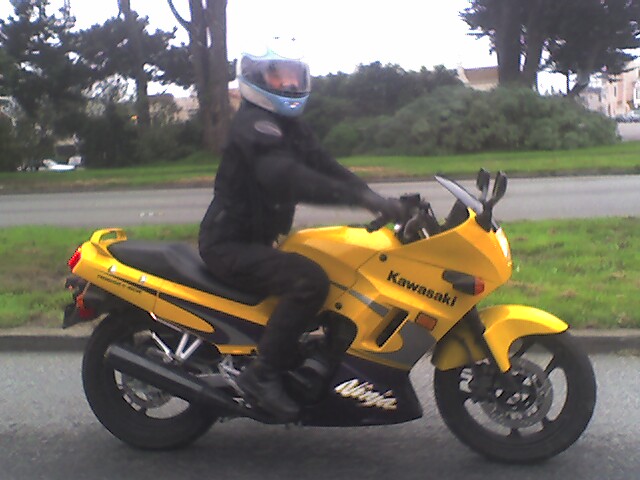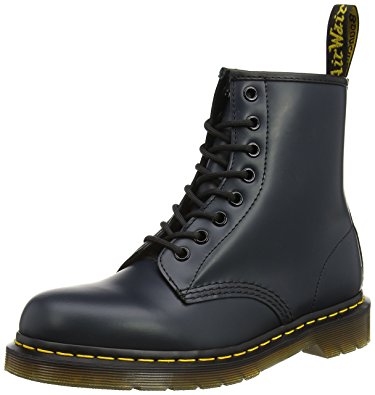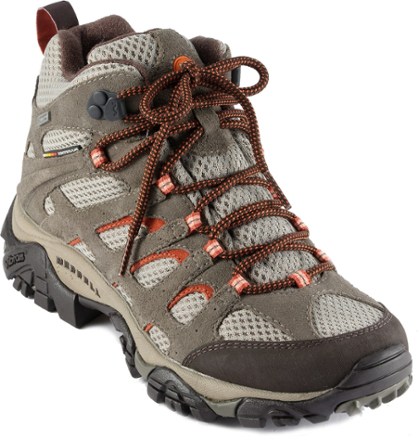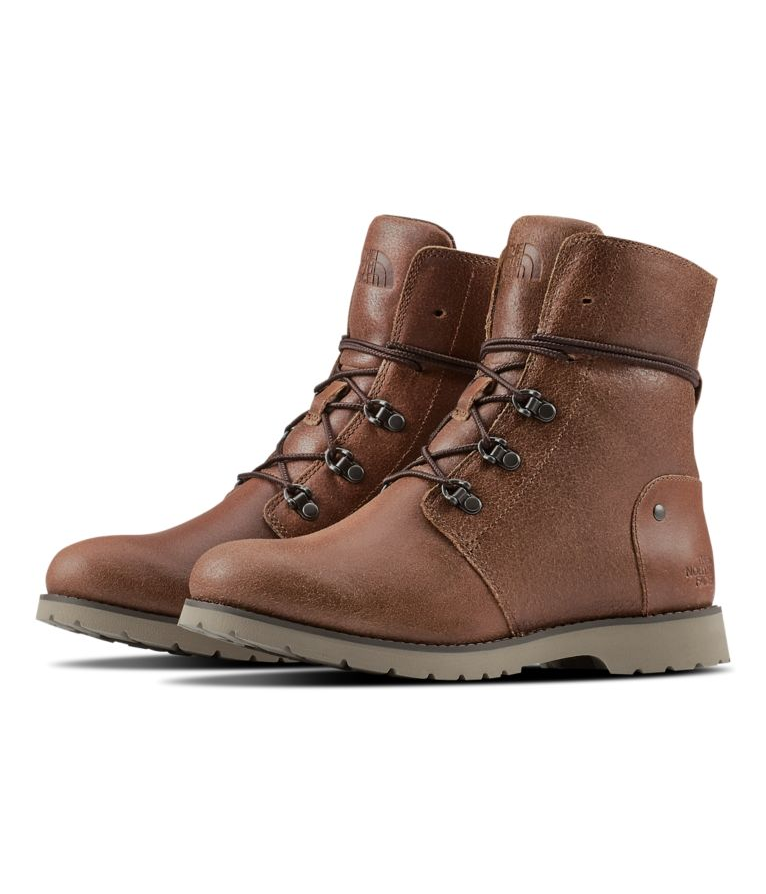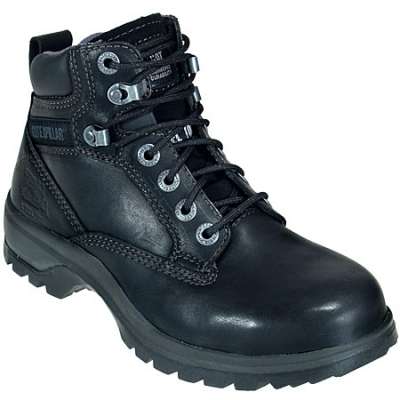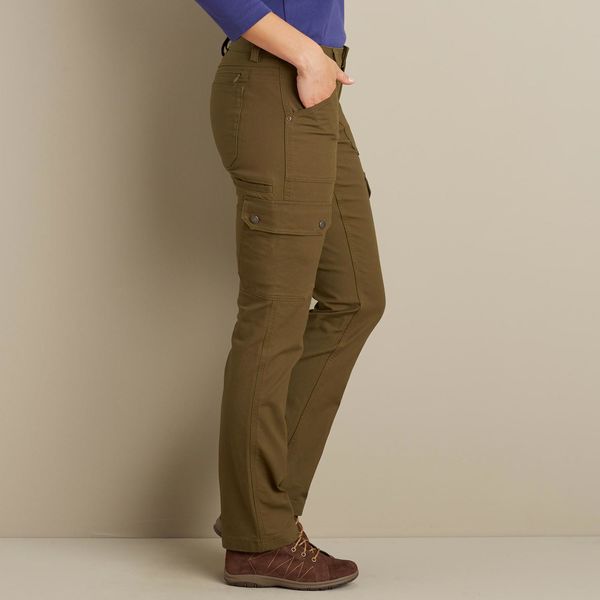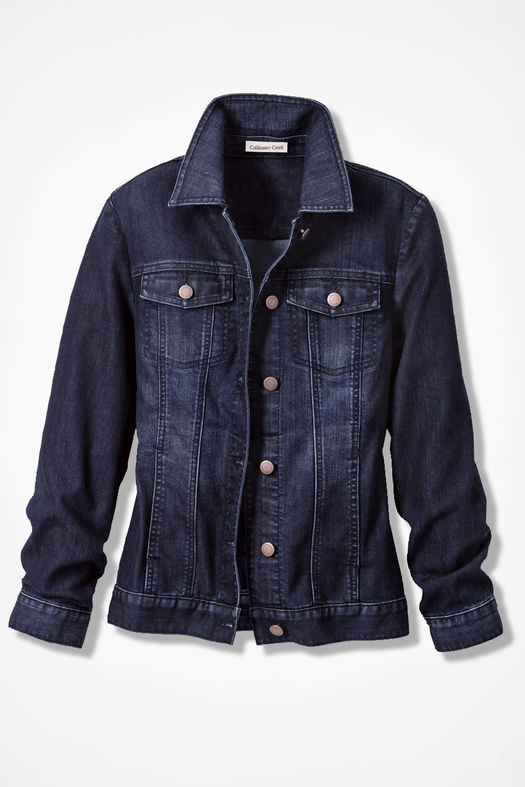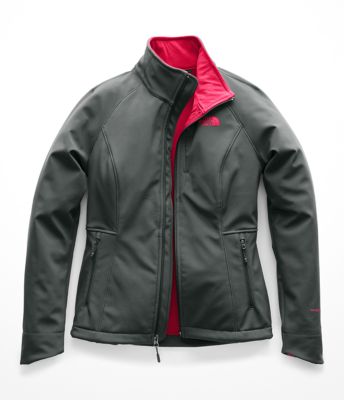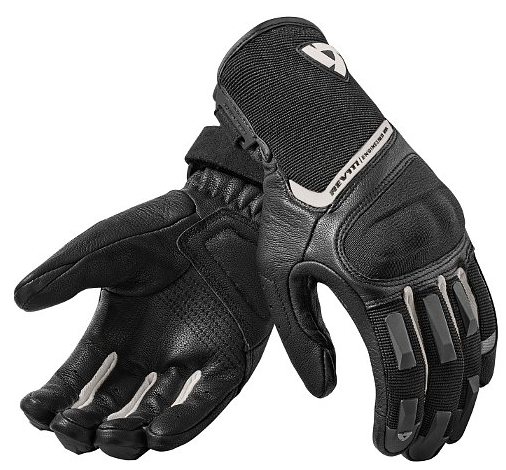Me on my first ride, a 2003 Kawasaki Ninja 250. Woo woo!
Before the Ninja there was me and my 50cc Aprilia Scarabeo for 3,599 miles in 1 year
Maybe you've decided to move up from your 50cc scooter like I did. Or maybe you're going to take the class on one? Congratulations!! You've made a smart decision on your lifelong learning adventure in motorcycling. One thing you'll hear over and over again from seasoned riders is that you always learn something new every time you go out for a ride.
Once you sign up for the class you might be asking yourself "What Should I Wear ?" Well, here are my recommendations, based on what I've seen students wear that can make a real difference in the outcome of the class. On your first day of class you're going to be nervous, maybe a little scared and anxious. Adding to that by not wearing the right gear can really hamper your ability to learn and keep up with what we're trying to show you. When small details like the wrong footwear and improperly fitting gloves get in the way, it can slow down the rate at which you are learning and achieving the objectives we're putting in front of you. We want 100% of your focus to be on learning the skills, the bike and having fun.
Here's a really great quote from a student that emailed me after she shopped for gear with me:
"Having real, protective gear during the class gave me a lot more confidence, and I don't know if I would have leaned that motorcycle over nearly as far if I hadn't had it."
A couple of general rules to remember when gearing up for your class.
Anything you'd wear to an office job will NOT be suitable for riding. Neither will your workout clothes, sweatpants or shorts. You're going to ride a motorcycle! Not sit down at a desk and work on a computer or go to the gym. Everything you wear is going to affect your ability to ride. Your intention is to be comfortable riding, given the weather conditions and everything we're going to ask you to do. That means no slacks, dress clothes, wing tips, loafers, high heeled boots, basketball sneakers or Uggs (Yes, I had someone show up in those once. She said her feet were cold. I had to send her home). You get the idea. A coach will not hesitate to send you home if you haven't followed the requirements that you were given.
Read the confirmation letter and/or the guidelines that the school gives you. It's YOUR responsibility to be proactive and make sure you know what they expect of you before you get there. If you have any questions on what you should be wearing, bring it up to your teacher in the classroom portion and even bring some items to class for them to look at if you're not sure your gear is suitable.
If you're interested in a sport like Motorcycling, it's time to take it serious as a sport and be prepared to risk everything from injuries to failing to meet the objectives. If you were going to go skiing, would you wear sweats, flip flops and a tshirt? Probably not. You'd go out and get snow pants, an insulated, waterproof jacket, ski gloves (not mittens) and a beanie to keep your head warm. Why does a sport like motorcycling demand any less?
Now it's most likely that the school will have a full face (yes!) or 3/4 helmet for you to use. What they probably won't have are leather, full fingered gloves, eye protection or a footwear. If you can, I'd highly recommend buying a helmet for the class if you have any fit issues (ie you have a very small or very large head measurement). The school will probably have average sizes between Small and XLarge. But if you have any issues that might affect the possibility of the school having a helmet that fits you, you may want to get one beforehand. Otherwise, it's perfectly fine to just use the helmets that the school supplies. If you have your own already, make sure it's Full Face or 3/4, and DOT Certified. You cannot use a half helmet in the class (nor should you ride with one. Yes, even if you're *just* buying a scooter).
At the school I work in, here are the items that we require students to wear for the range portion of the class:
Over-the-ankle sturdy footwear. A couple of examples:
Notice that all of these boots have a substantial rubber sole and really good traction! You're going to be putting your feet up and down over and over again, to hold up a 200lb+ bike. If you don't feel stable when your feet are down, how's that going to affect your ability to maneuver it? Especially if you're vertically challenged like me. They also cover your ankle bone. There's a chance you may drop the bike or tip over and if your ankles are caught between, you need something in between to minimize any injury.
And contrary to what you might think, steel toe boots are NOT a good idea for riding. The steel toe can actually make it harder for you to feel the shift lever. You'll need to get your toe in and under the lever so you can shift. Having a steel toe can get in the way of your ability to feel that. Some riding boots do have reinforced toes so that you don't wear down that part of the boot, but steel toes make it harder to feel the lever. The other thing you don't want is a high heel. The heel of your boot needs to rest on the foot peg when you're riding. Having more than 3/4" heel will make it difficult to rest your foot comfortably and go back and forth between shifting or braking. Don't worry, there will be bikes of varied seat heights so if you're worried about the bikes fitting you, the school should have plenty of options. Feel free to call the school and see what kind of bikes they have in their fleet and then go online and check their seat heights.
Long non-flare denim pants or material of equivalent durability. Denim jeans, or heavy cargo pants would be a good option. Make sure the legs are long enough for your legs to be fully covered when in a seated position. Remember to check your backside as well, as we shouldn't see any skin while you're on that bike. Ladies, this means you can't wear your low hip slung jeans which will probably expose your lower back while riding. Gentlemen, it might be time to throw away the pair of 10 year old jeans you have that have shrunk so much they're too short to cover your legs anymore. Leathers are not necessary for this class. But if you can go to your local motorcycle apparel shop and get some overpants or riding jeans, of course those will work well.
Long-sleeved shirt or jacket to below the waist. You need to be long sleeved when on the bike. It's best to at least wear a jacket or something non abrasive. A cotton long sleeve shirt really isn't the best thing to wear. Bring a jacket (waist length only, No trenchcoats) something sturdy. And again, sit in a chair or assumed a seated position and make sure your sleeves are long enough and the length is adequate to cover your back too. A couple of good examples would be a ski jacket, leather or denim jacket.
Full-fingered gloves, preferably leather, but at least with leather palms. Street motorcycle gloves range in price from $25 - $300. Your hands are going to be manipulating the clutch, the front brake and the throttle. You want decent gloves that are going to help you manipulate everything without any problems. If you can get some real motorcycle gloves for your class, they will help tremendously. Being able to grip the throttle and the front brake will make such a big difference in your performance. There are hundreds of styles, types and brands to choose from, so if you can purchase at least one new thing for the class, buy good gloves. Especially if you're going to be riding in wet or cold weather. Keeping your hands dry and warm are really go to make a difference.
Your eyes must be protected at all times. This means that when you're on the bike, you must have your visor down or if you have an open face helmet, you need to wear eye protection. Preferably with shatterproof lenses, such as safety glasses. Most schools will accept regular sunglasses or eyeglasses. Visors are shatterproof, so that's why they're considered eye protection. Here’s a pair of cool photochromic sunglasses that would work well.
So now that you know what to wear for the class, get a GOOD night's sleep, have a solid breakfast and bring some water/snacks to the range! Try not to 'study' for the class, as all you need to know is what you were taught in the classroom.
These gear preparations are simply my opinions as to what will really help you on the range and set you up for success in the future. More often than not, people put less thought into their gear and too much thought into studying more than they're taught in classroom. Everything you need to know is in the Rider Handbook. If you're going to study anything, just stick to that and you're golden.
Remember, the MSF Basic Rider Course is only your FIRST step into the world of motorcycling! You have your whole life ahead of you to keep learning. Why overload yourself with more information than you need? Keep it simple and remember that this class is designed for the true novice in mind (never seen, sat on or ridden a motorcycle).
And most importantly, Have FUN!

